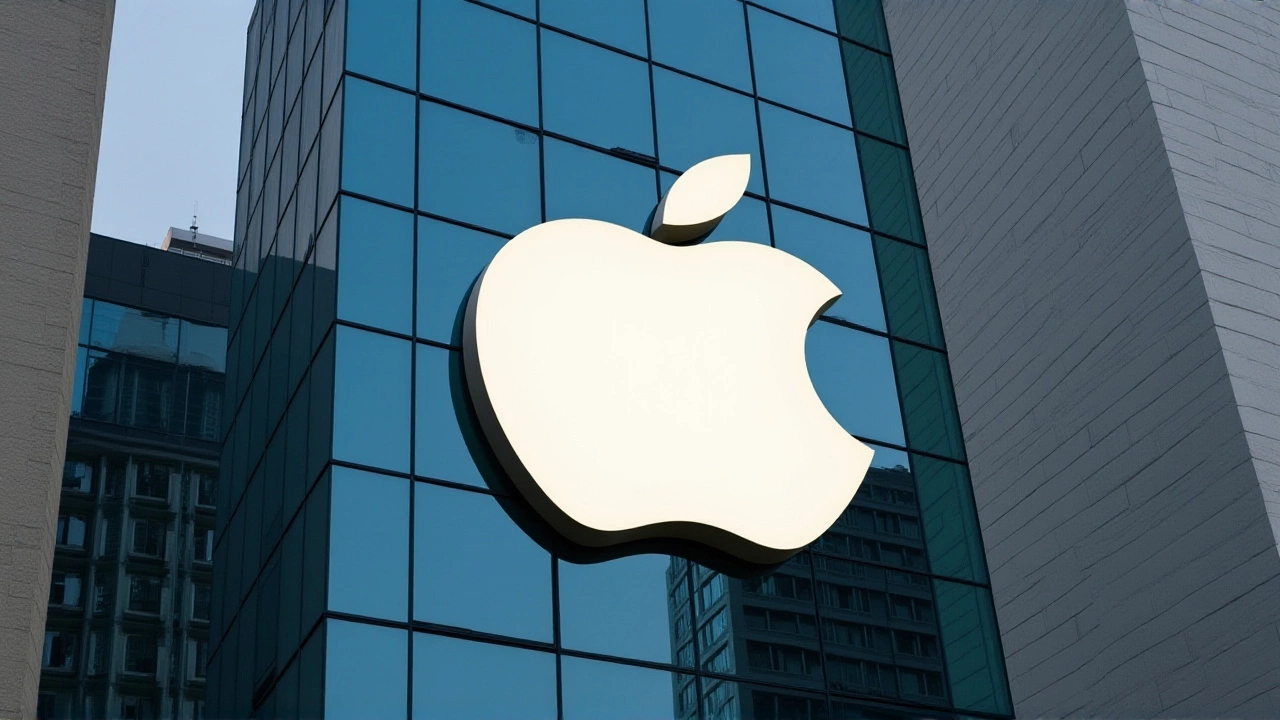M5 Chip Overview: Powering Modern IoT Projects
When working with M5 chip, a compact, ESP‑based microcontroller module designed for rapid prototyping and IoT applications. Also known as M5Stack core, it bridges hardware and software for makers and engineers alike. The ESP32, the dual‑core processor powering the chip provides Wi‑Fi, Bluetooth, and ample GPIO, while MicroPython, a lightweight Python interpreter for embedded devices lets you write scripts on the fly. In short, the M5 chip encompasses IoT development, edge AI, and rapid hardware iteration.
Hardware Highlights and Built‑In Features
The M5 chip’s board layout packs a 240 × 135 pixel color display, a speaker, a user‑programmable button, and a basic battery management circuit. These components turn a plain microcontroller into a ready‑to‑use device, so you can skip the breadboard stage for many projects. Sensors such as an accelerometer, an ambient light sensor, and a temperature monitor come pre‑wired, enabling quick experiments with motion detection or environment tracking. The chip also supports external sensors, like pressure or gas modules via its GPIO pins, giving you the flexibility to expand into robotics or smart‑home prototypes.
The M5 chip requires the ESP32’s dual‑core processing power, which delivers up to 240 MHz clock speed and up to 520 KB of SRAM. This capacity is enough for lightweight AI inference, such as running a tiny TensorFlow Lite model for gesture recognition. Power consumption is managed through deep‑sleep modes that can shrink drawdown to a few micro‑amps, making battery‑operated wearables feasible. The on‑board voltage regulator accepts 5 V from USB‑C, while a Li‑Po connector handles 3.7 V cells, giving you multiple charging options.
Software wise, the M5 chip is fully compatible with the Arduino IDE, which means you can sketch in C/C++ using familiar libraries. PlatformIO adds a more advanced build system for larger projects, while the official M5Stack UIFlow offers a block‑based, drag‑and‑drop environment for beginners. The Arduino ecosystem supplies libraries, such as M5Stack.h, to abstract hardware details and let you focus on core logic. In other words, the M5 chip supports a rich software stack that ranges from low‑level firmware to high‑level visual programming.
Typical use cases include wearable health monitors that read heart rate via an added pulse sensor, smart‑home controllers that toggle lights through MQTT, and portable game consoles that leverage the built‑in display and speaker. Hobbyists love turning the chip into a handheld retro‑gaming device, while startups embed it in product prototypes for rapid market validation. Because the M5 chip blends connectivity, display, and audio, it often replaces a collection of separate modules, streamlining both BOM cost and development time.
When you start a new M5 chip project, a common workflow begins with selecting the right firmware. Load the basic UIFlow image for quick testing, then switch to Arduino or MicroPython once you confirm hardware functionality. Debugging is straightforward thanks to the built‑in USB‑C serial port, which streams logs directly to your computer. Firmware updates are delivered via OTA (over‑the‑air) using Wi‑Fi, so devices in the field can stay current without physical access.
The community around M5 devices is vibrant. Official forums, GitHub repositories, and Discord channels provide code snippets, library updates, and troubleshooting tips. Many users share custom case designs on platforms like Thingiverse, helping you turn a prototype into a polished product. Because the M5 chip sits at the intersection of hardware makers and software developers, resources span from electronics schematics to high‑level AI tutorials.
Looking ahead, the M5 chip platform is expected to adopt the next generation of ESP‑based silicon, bringing more RAM, faster Wi‑Fi 6, and integrated BLE mesh support. This evolution will open doors for more demanding edge‑AI workloads and multi‑device coordination in smart‑city deployments. As the ecosystem grows, you’ll find newer libraries that simplify cloud integration, secure boot, and OTA security, ensuring that today’s prototypes can evolve into tomorrow’s production units.
Below, you’ll find a curated collection of articles that dive deeper into each of these topics—hardware breakdowns, software tutorials, real‑world case studies, and community spotlights. Whether you’re just unpacking your first M5 chip or looking to scale a fleet of devices, the posts ahead will give you practical insights and actionable steps to move forward.
